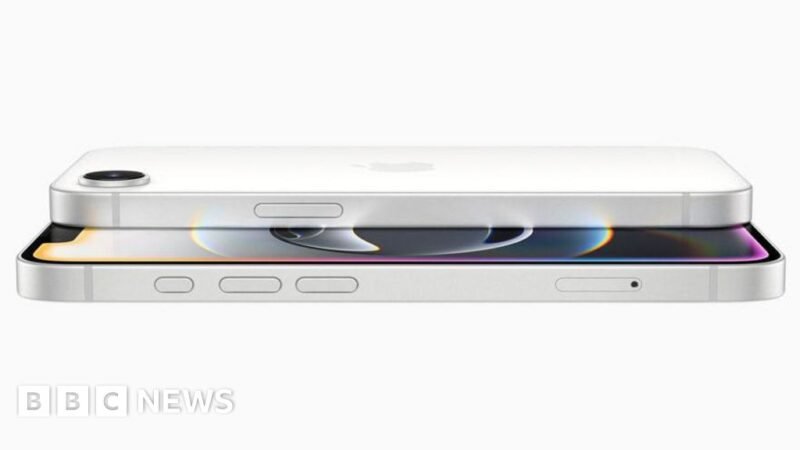Quick Takeaways
-
Affordable AI Features: Apple has launched the iPhone 16e, which brings advanced AI functionality at a lower price point (£599) compared to the flagship iPhone 16, aiming to attract budget-conscious consumers.
-
Same Performance, Fewer Specs: The iPhone 16e features the same A18 chip as its more expensive counterparts, allowing it to run similar apps and games, but with reduced camera capabilities.
-
Targeting Broader Markets: With the iPhone 16e, Apple seeks to penetrate emerging markets like India, where higher-priced iPhones have limited accessibility, potentially creating a new revenue stream and expanding its ecosystem.
- Mixed Reception on AI Integration: While Apple is emphasizing its new AI functionalities through "Apple Intelligence," analysts highlight skepticism regarding the impact of these features on sales, following past issues with AI-generated content inaccuracies.
Apple’s latest unveiling, the iPhone 16e, marks a strategic gamble. The company offers advanced artificial intelligence (AI) features at a lower price point than its flagship models. This move seems designed to reignite consumer interest, especially following a decline in iPhone sales.
The iPhone 16e shares the same A18 chip as the pricier iPhone 16, ensuring robust performance. It promises the same capabilities in gaming and apps while introducing AI features under the banner of “Apple Intelligence.” This approach aims to enhance user experience, streamline tasks, and promote creativity. Apple’s CEO, Tim Cook, emphasized that users can expect the performance, intelligence, and privacy Apple is known for.
However, analysts express mixed feelings. While Paolo Pescatore, an industry expert, describes the phone as one of the “most affordable powerful iPhones” on the market, caution remains prevalent. Some market analysts question whether these new AI functionalities will significantly boost sales. Indeed, the introduction of such features may ignite interest but won’t automatically translate into increased revenue.
The 16e also seeks to expand Apple’s reach, particularly in emerging markets like India, where the cost of entry has kept many potential customers at bay. By pricing this model at £599—£200 less than the iPhone 16—Apple lowers the financial barrier while striving to attract new users. This strategy could potentially draw in those hesitant to upgrade from older models or switch from competing brands.
Apple’s efforts in AI come with a backdrop of challenges. The company has faced criticism for its previous AI initiatives, including a brief suspension of AI-generated news alerts due to inaccuracies. Users now see text summaries in italics—a tangible, albeit imperfect, response to earlier flaws. New features that streamline photo management and enhance search capabilities address user needs but also echo similar offerings found in competitor devices.
Despite Apple’s ambitious push into AI, observers remain skeptical. With nearly $189 billion invested in research and development over the last decade, questions about the equity of that investment linger. Critics highlight the limited innovation in products beyond the well-received AirPods and HomePod speakers.
The success of the iPhone 16e hinges not only on its specs but also on consumer perception. For many, this phone represents more than just an upgrade; it symbolizes access to sophisticated technology at a more manageable price. As competition in the tech landscape intensifies, Apple needs to clearly differentiate its approach. This launch holds the potential to lay a foundation for future innovations, yet the pressure to deliver results is palpable. The road ahead is fraught with uncertainty, yet the opportunity to reclaim market interest lies within reach.
Expand Your Tech Knowledge
Stay informed on the revolutionary breakthroughs in Quantum Computing research.
Stay inspired by the vast knowledge available on Wikipedia.
AITecv1

